Vertical gardening is a versatile and innovative approach to growing plants upward rather than outward.
This beginner’s guide aims to introduce you to the fundamental concepts, benefits, and practical tips to kickstart your vertical gardening journey.
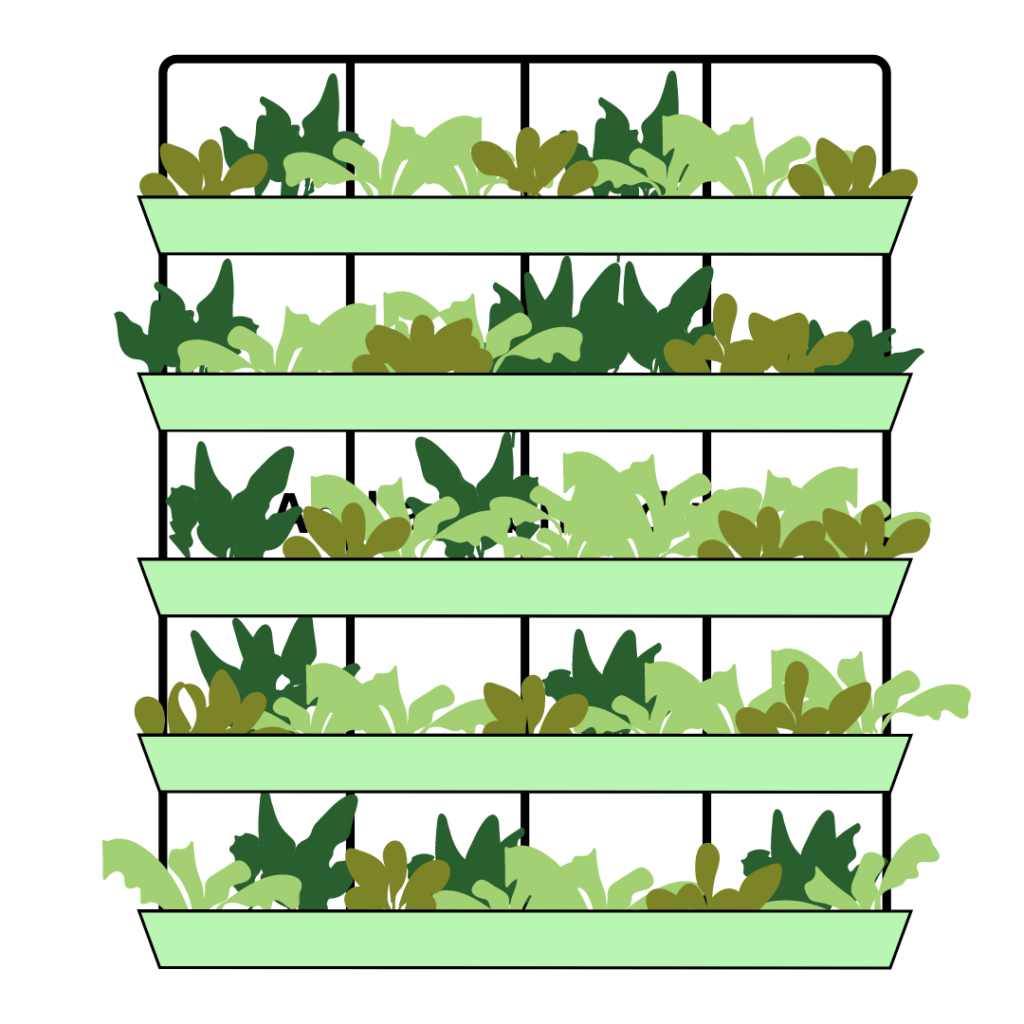
Introduction to Vertical Gardening
Benefits of Vertical Gardening
Vertical gardening offers numerous benefits that make it an attractive option for gardeners of all levels:
Space Efficiency:
By utilizing vertical space, vertical gardening maximizes growing area, making it ideal for small yards, balconies, or urban environments with limited space.
Aesthetic Appeal:
Vertical gardens add visual interest to any space, transforming bare walls or fences into lush green landscapes that enhance the overall ambiance.
Accessibility and Convenience:
With plants arranged vertically, gardeners can easily reach and maintain their garden without the need for extensive bending or kneeling, making it suitable for people with mobility issues.
Air Purification:
Vertical gardens act as natural air purifiers, absorbing pollutants and carbon dioxide while releasing oxygen, thereby improving air quality.
Increased Crop Yield:
Vertical gardening allows for better utilization of sunlight and space, resulting in higher crop yields compared to traditional gardening methods.
Therapeutic Benefits:
Gardening has been shown to have therapeutic benefits, reducing stress and promoting mental well-being. Vertical gardening offers a convenient way to experience these benefits even in small spaces.
By utilizing vertical space, you can grow a variety of plants even in confined areas. Additionally, vertical gardens add visual interest and can serve as natural air purifiers, enhancing the overall ambiance of your living space.
Choosing the Right Location
When planning your vertical garden, consider factors such as sunlight exposure and accessibility for maintenance.
Most plants require adequate sunlight, so choose a location that receives sufficient light throughout the day.
Types of Vertical Gardens
Vertical gardens come in various types, each offering unique advantages and aesthetics:
Trellises and Arbors:

Trellises are structures with lattice panels or grids that support climbing plants, such as vines or flowering creepers.
Arbors are larger structures with trellises over walkways or seating areas, creating a shaded garden space.
Wall-Mounted Planters:
Wall-mounted planters are containers attached to walls or fences, allowing plants to grow vertically.
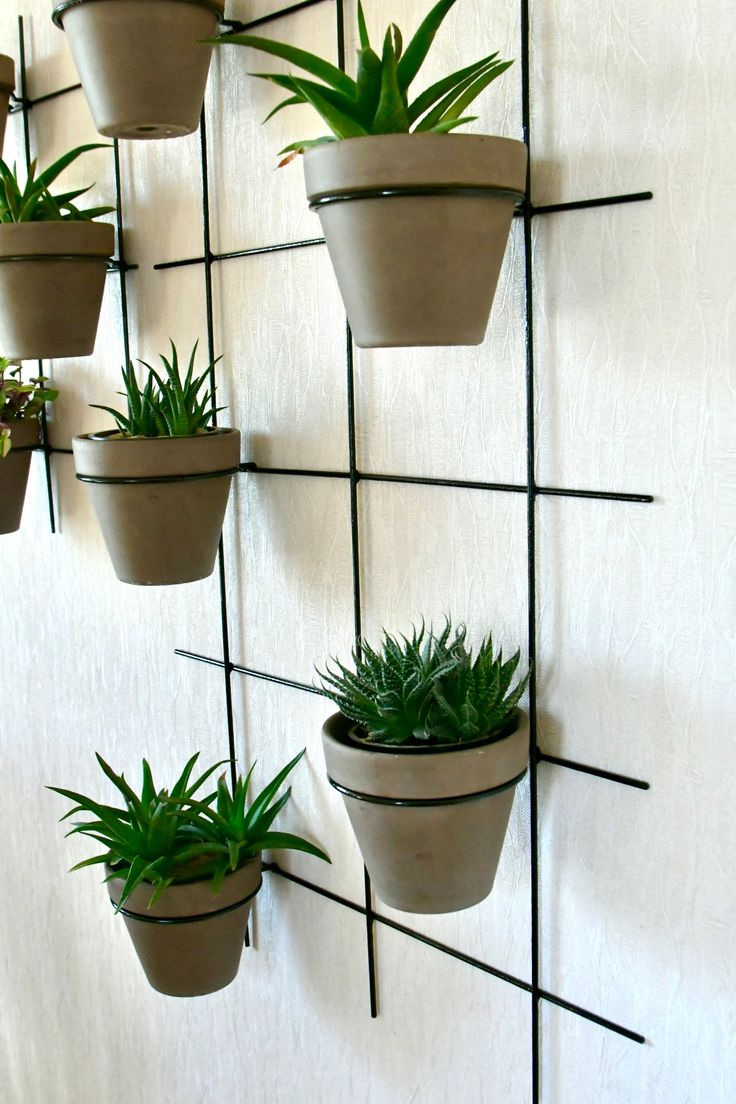
They come in a variety of materials, including metal, wood, and plastic, and can be customized to suit different styles and preferences.
Hanging Baskets:
Hanging baskets are containers suspended from hooks or brackets, typically filled with trailing or cascading plants.

They are versatile and can be hung from walls, fences, or pergolas to add color and texture to vertical spaces.
Green Walls or Living Walls:
Green walls are vertical structures covered with vegetation, either soil-based or hydroponic.
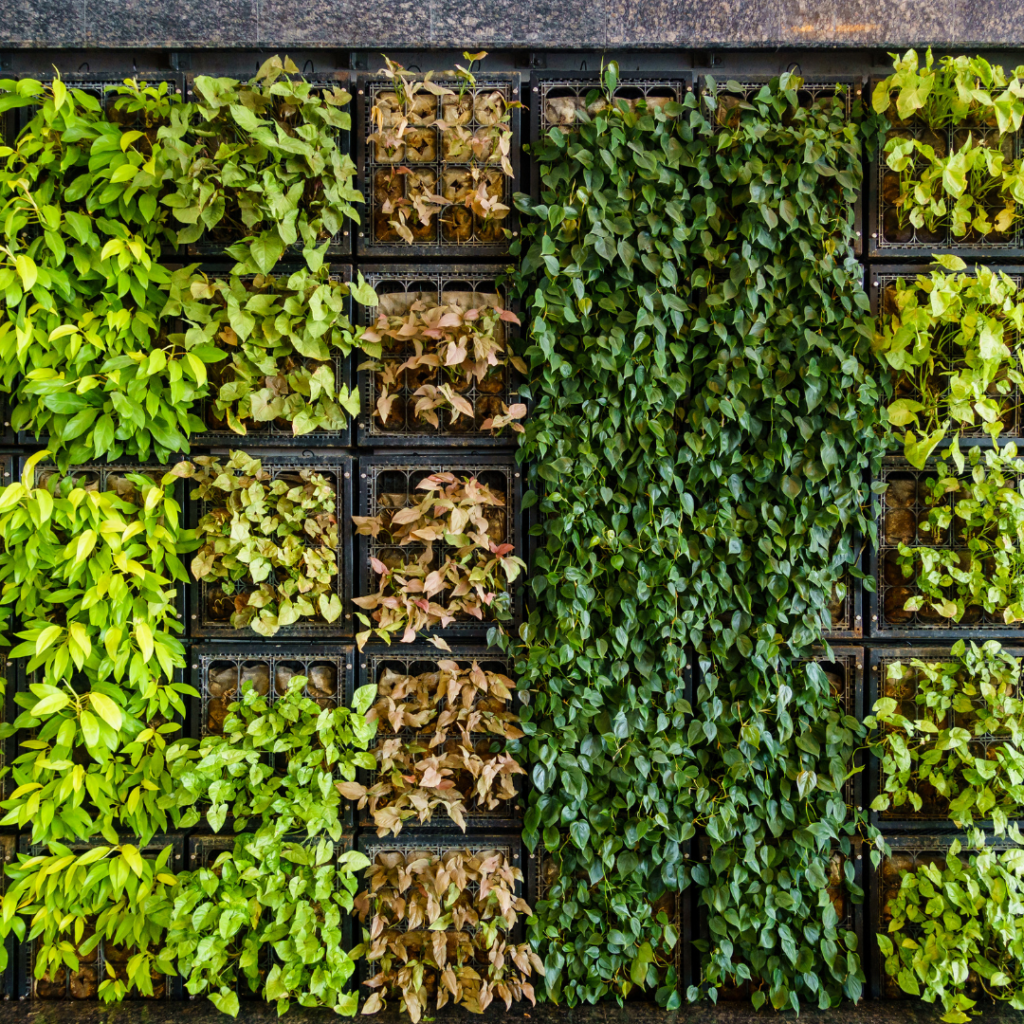
They provide insulation, reduce urban heat islands, and improve air quality, making them popular in urban environments.
Stacked Pots or Tower Gardens:
Stacked pots or tower gardens consist of multiple pots or containers stacked on top of each other, creating a tower-like structure.
 They are ideal for growing herbs, vegetables, or flowers in small spaces like balconies or patios.
They are ideal for growing herbs, vegetables, or flowers in small spaces like balconies or patios.
Hydroponic Systems:
Hydroponic vertical gardens use water-based nutrient solutions to grow plants without soil. They are efficient and space-saving, making them popular for indoor gardening or urban farming projects.
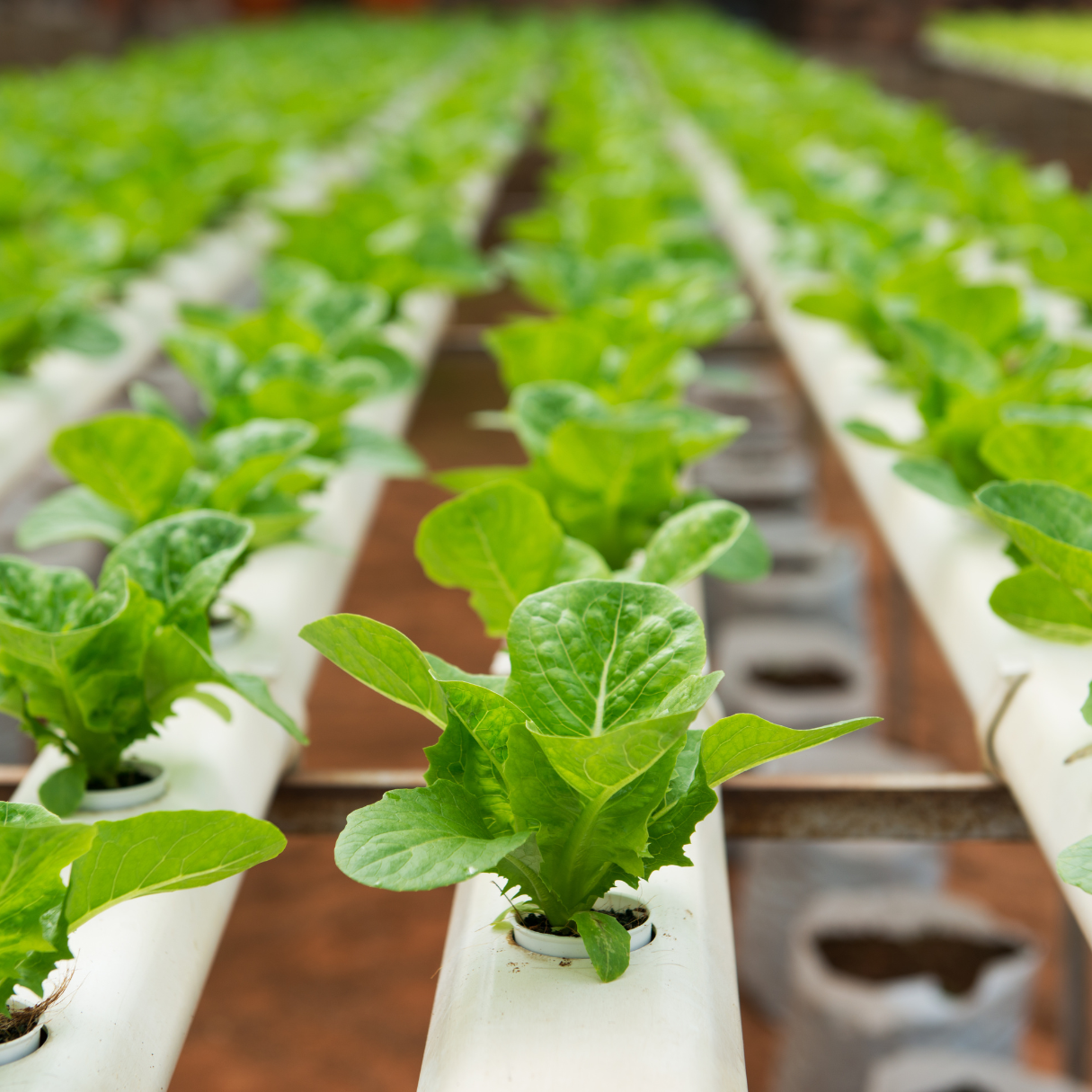
Each type offers unique benefits and aesthetics, allowing you to customize your vertical garden according to your preferences and space constraints.
Selecting Suitable Plants
Not all plants are suitable for vertical growth. Choose plants that have a trailing or climbing habit and can thrive in a vertical environment.
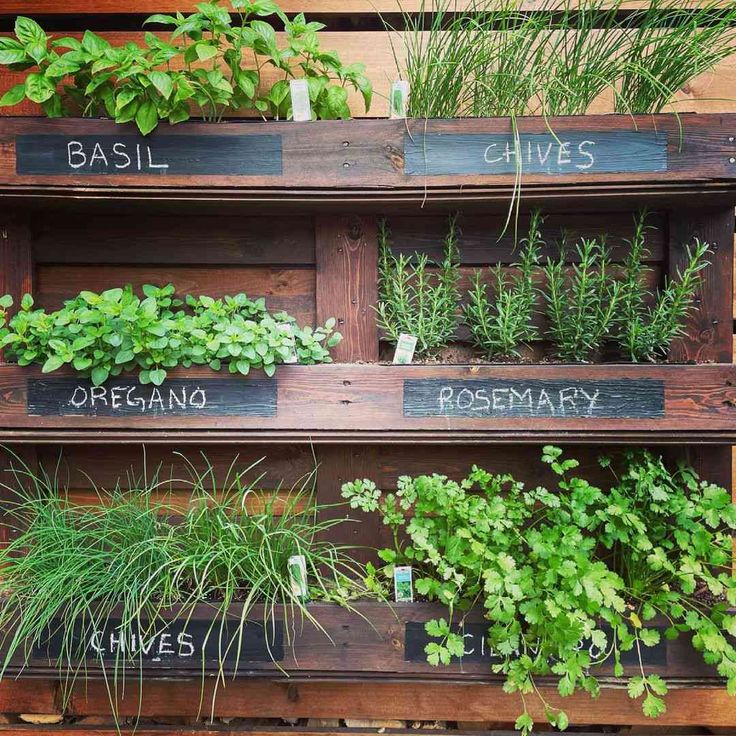
Popular choices include vine tomatoes, strawberries, and herbs like mint and thyme.
Preparing Your Vertical Garden
Before planting, ensure that your vertical garden has the proper soil composition and support structures in place.
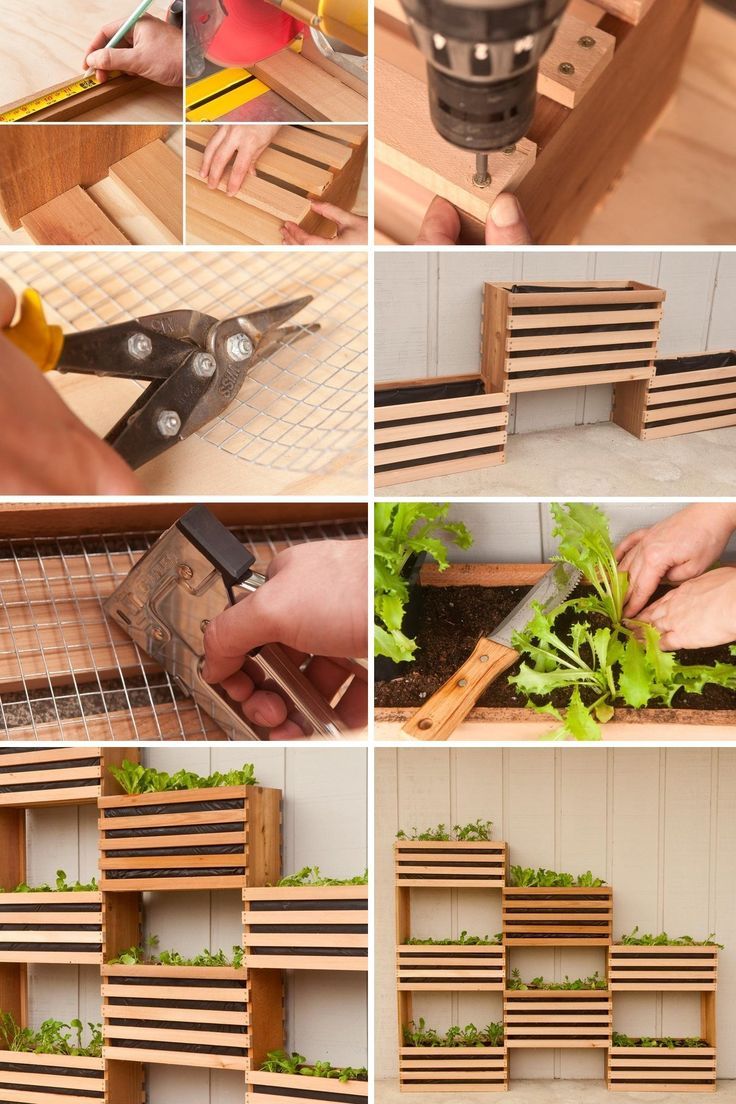
Use lightweight, well-draining soil and install sturdy trellises or hooks to support the weight of the plants.
Planting Techniques
When planting in a vertical garden, space your plants accordingly to prevent overcrowding and competition for resources.
Regular maintenance, including pruning and training, is essential to promote healthy growth and maximize yield.
Watering and Irrigation
Proper watering is crucial for the success of your vertical garden.
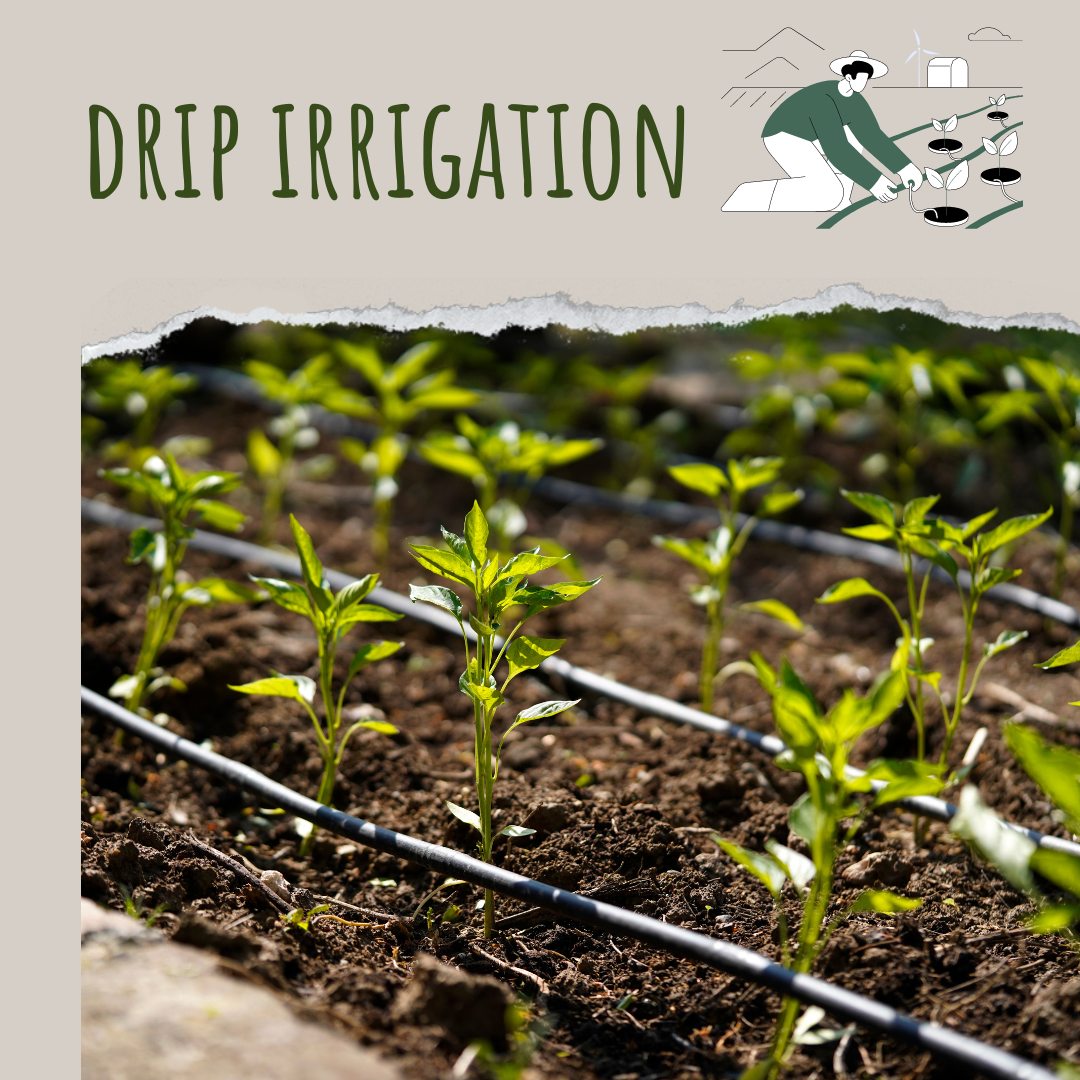
Consider installing drip irrigation systems or self-watering planters to ensure consistent moisture levels, especially during hot and dry periods.
Fertilization and Nutrition
Vertical gardens may require additional nutrients due to the limited soil volume.
Use organic fertilizers or controlled-release fertilizers to provide essential nutrients for plant growth without the risk of overfeeding.
Pest and Disease Management
Keep an eye out for common pests and diseases that can affect vertical gardens, such as aphids, powdery mildew, and spider mites.

Implement preventive measures like companion planting and regular inspections to minimize the risk of infestation.
Harvesting and Pruning
Harvest your crops at the peak of ripeness to enjoy the freshest flavors and nutrients.
Pruning helps control plant growth and promotes better airflow, reducing the risk of diseases and improving overall plant health.
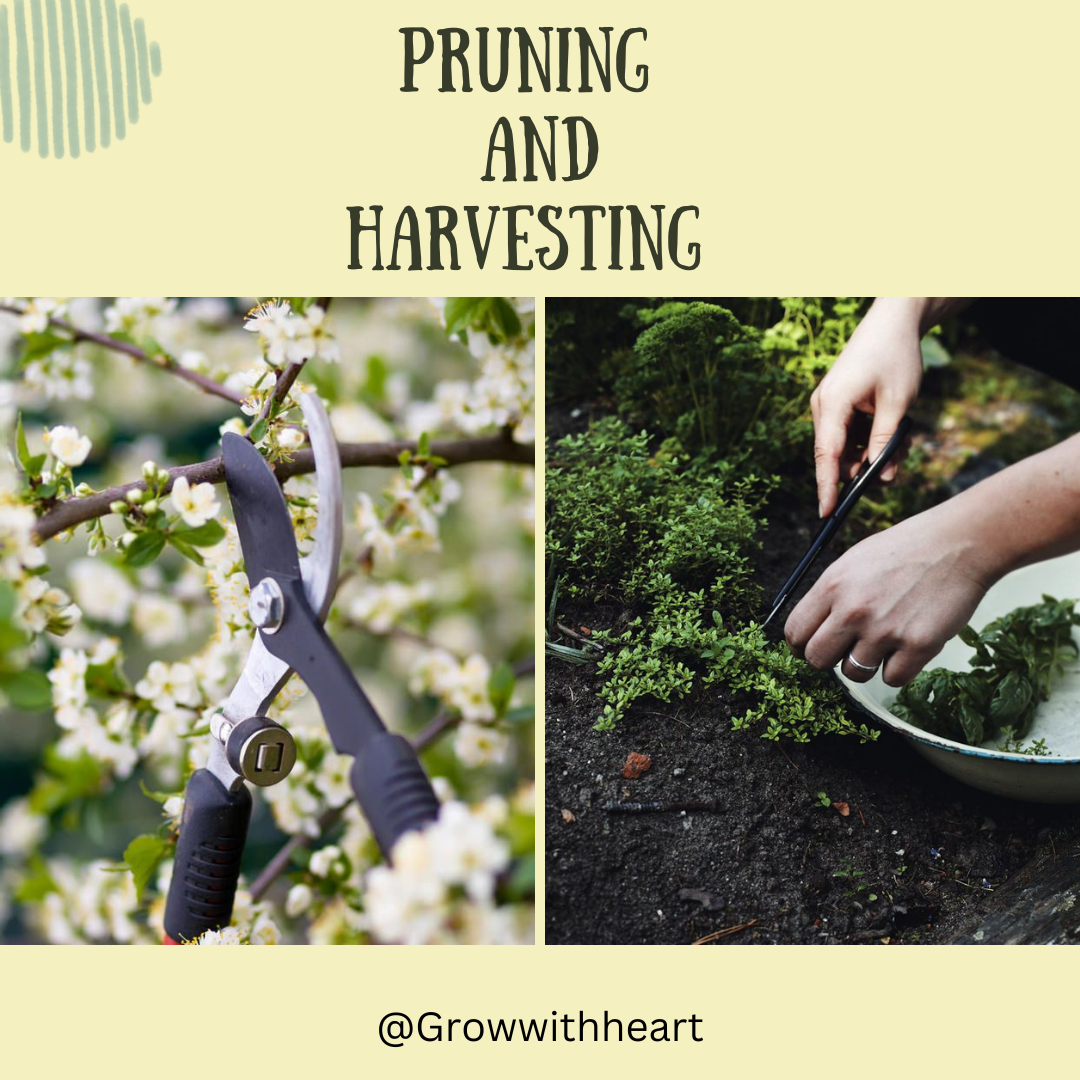
Seasonal Considerations
Adjust your vertical gardening practices according to the changing seasons.
Protect tender plants from frost and extreme temperatures, and consider growing cold-hardy crops during the winter months.
Vertical Gardening in Small Spaces
Vertical gardening is ideal for urban dwellers with limited outdoor space.
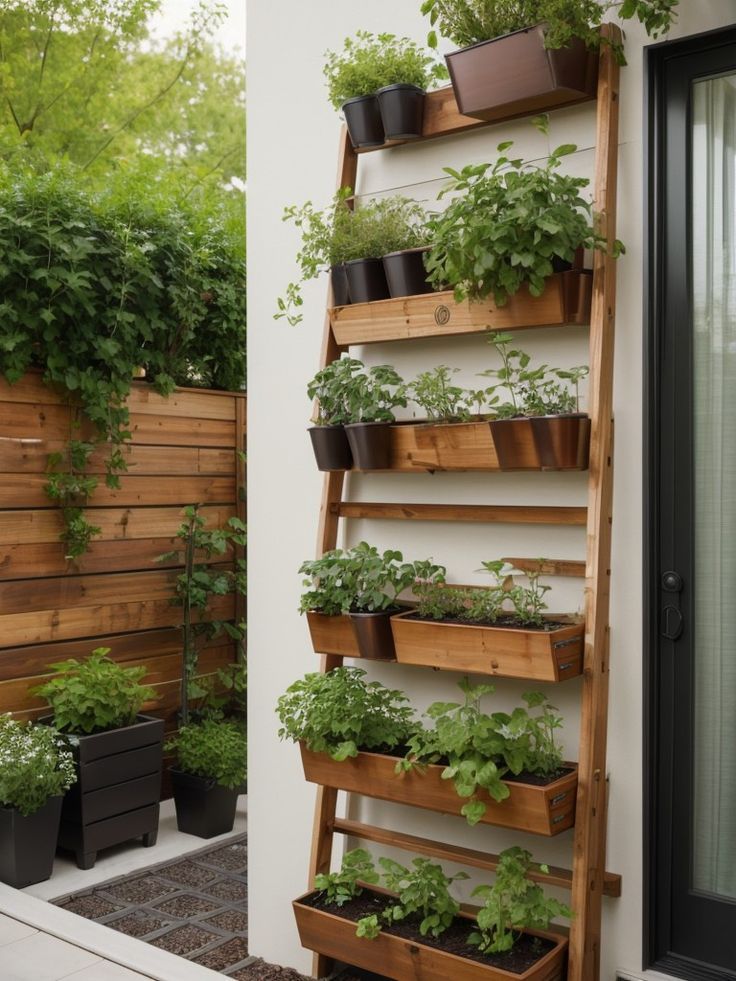
Explore creative solutions like balcony gardens and vertical hydroponic systems to maximize your growing potential in small areas.
DIY Vertical Gardening Projects
Unleash your creativity with DIY vertical gardening projects using recycled materials like pallets, PVC pipes, and old containers.

Upcycling not only reduces waste but also adds a unique touch to your garden design.



Pingback: 5 popular types of vertical garden you need to know! -
Pingback: Vertical Gardening as a Sustainable Practice! -
Pingback: Best 10 Vertical gardening kits for home -
Pingback: Why Vertical Gardening is the Future of Urban Farming?
Pingback: Choosing the right plants for your vertical garden!
Pingback: 11 Common Mistakes to Avoid in Vertical Gardening!
Pingback: Right Mindset for Vertical gardening!
Pingback: Cost Estimation for Vertical Gardening!
Pingback: Scaling Up: How to Expand Your Vertical Garden Sustainably!
Pingback: Maintenance Tips for Your Successful Vertical Garden! -
Pingback: Budgeting for Vertical gardening: keep your cost down!💰
Pingback: Best watering systems for you vertical garden!
Pingback: How to Protect Your Vertical Garden from Pests Naturally
Pingback: Indoor Vertical gardening: Tips and Tricks!
Pingback: Vertical Gardening with Edible Plants: Grow Your Own Food!
Pingback: Vertical Gardening with Companion Planting: A Beginner's Guide
Pingback: Vertical Gardening with Aromatic Plants: A Complete Guide
Pingback: Time-Saving Hacks for Your Vertical Garden Maintenance!
Pingback: Growing More Plants in Less Space with vertical gardening! -
Pingback: The Eco-Friendly Benefits of Vertical Gardening!
Pingback: The Health Benefits of Growing Your Vertical Garden!
Pingback: Traditional Farming vs. Vertical Farming: Space Utilization
Pingback: Indoor Vertical Gardening Hacks You Need to Know!
Pingback: Indoor Vertical Gardening with Recycled Materials! -
Pingback: The Nutritional Benefits of Vertical Gardening!
Pingback: How to Grow Medicinal Plants in a Vertical Garden?
Pingback: The Environmental Benefits of Hydroponics🌍